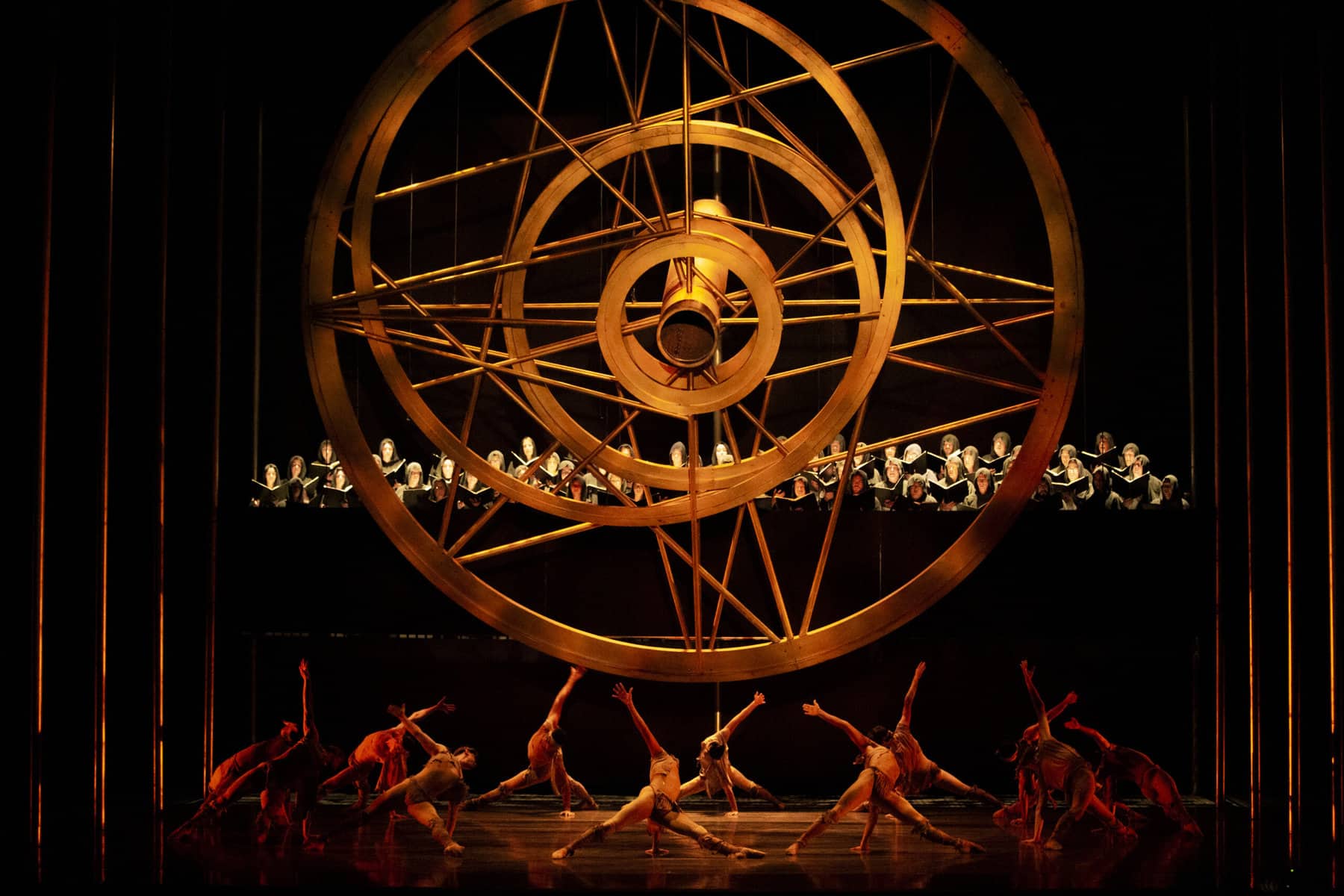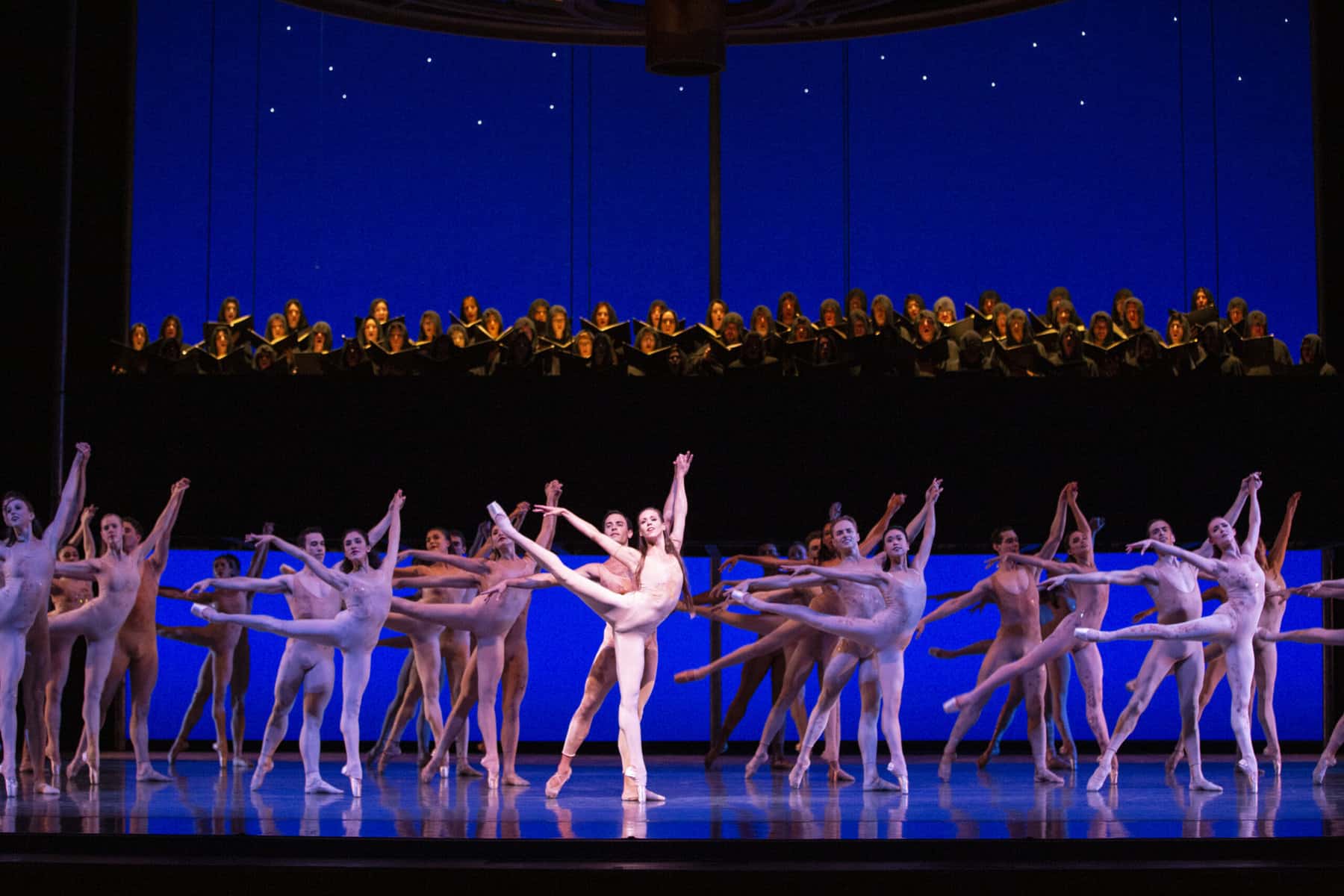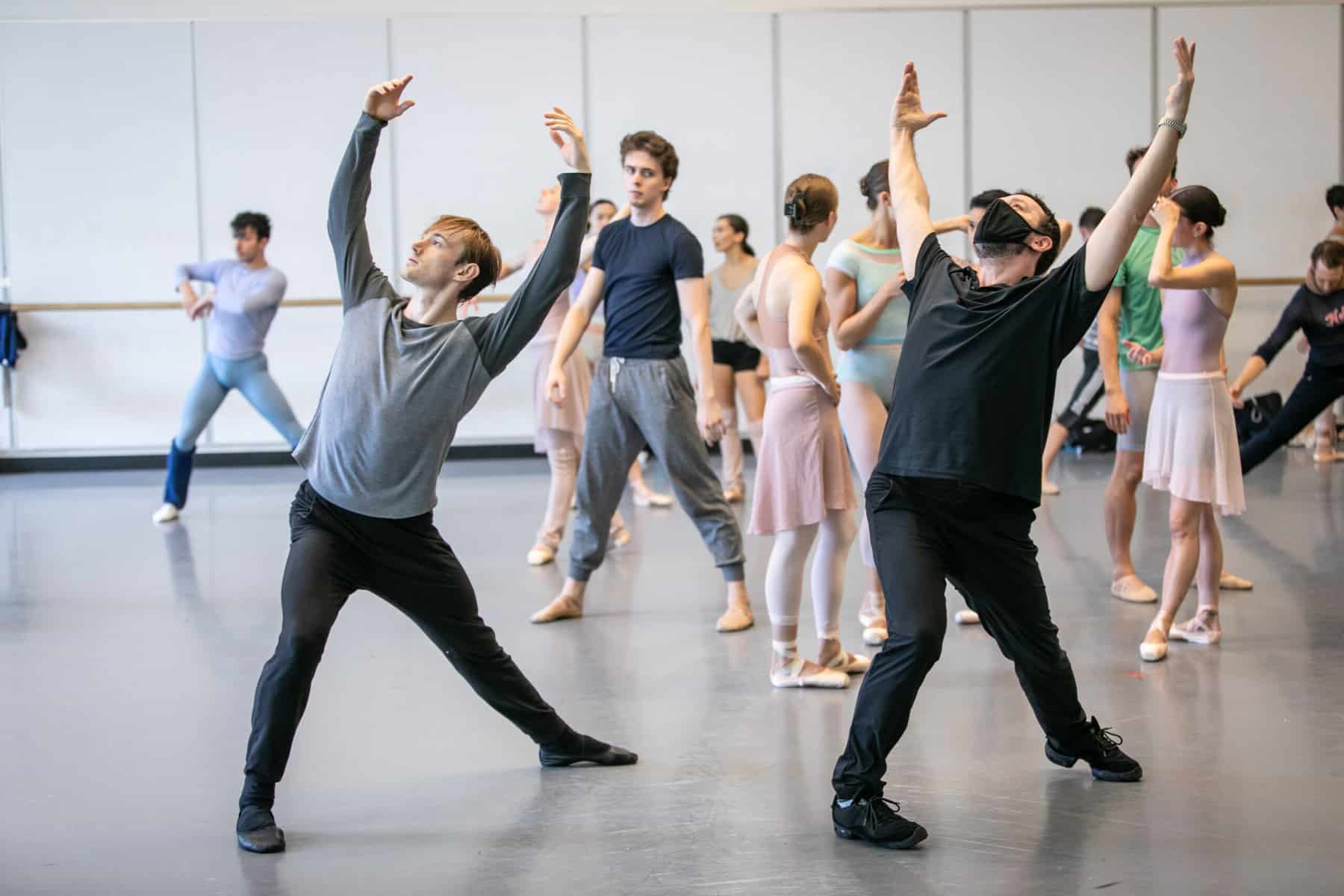Artistic Director’s Notebook: Carmina Burana, Allegro Brillante, and Wartime Elegy

Guess who’s turning fifty? Not me, that happened already. It’s PNB. In 1972, a small but committed group of extraordinary individuals envisioned a great classical ballet company based here in Seattle. Several years of blood, sweat, tears, and triumphs followed. In time, their dream became our reality and, fifty years later, we couldn’t be more grateful for their inspired vision and unwavering determination.
Fifty may seem like little more than a rite of passage for an established ballet company like PNB, but let me tell you, forty-eight and forty-nine were kind of shaky. Against great odds, another group of individuals, far more extensive than the handful who founded the company in the mid-1970s, stepped up to ensure PNB’s bright future would become a reality. Sound management, supportive Board leadership, extraordinary dancers, artists, staff, volunteers, and patrons all played a key role in allowing us to continue to thrive and grow. We remain eternally grateful to our audience members for their steadfast support through challenging times. We wouldn’t be here without you.
Let the celebrations begin, and what better way to start than by raising the curtain on Kent Stowell’s Carmina Burana. First unveiled almost thirty years ago, Carmina is pure spectacle and an undeniable audience favorite. The rush we experience from the first sounds of chorus and orchestra is palpable. The monumental wheel of fortune, designed by Ming Cho Lee, stimulates our senses. Rico Chiarelli’s atmospheric lighting adds to the wonder, while Kent’s choreography fills the stage with energy and bravura. This milestone presentation of Carmina Burana marks over 80 performances of this iconic work.

Ballets by George Balanchine are also a defining choreographic pillar of PNB. Allegro Brillante, first created by Balanchine in 1956, is a tour de force. Tchaikovsky’s suspenseful score receives a perfect visual pairing in Balanchine’s thrilling choreography. Not performed by PNB since 1984, and never performed on the McCaw Hall stage, Allegro promises to be a welcome return to the repertoire.
Alexei Ratmansky is in many ways an heir to Balanchine’s legacy of using the vocabulary of classical ballet as an articulate means of musical expression. Alexei was born in Russia and grew up in Ukraine. He launched his professional career as a dancer in Kyiv. His ties to Ukraine are strong and he has been a vocal opponent of the war Russia is currently waging against his adopted country. When we talked about this work, Alexei mentioned this would be his first creation since the outbreak of the war and his emotions about the country he grew up in would inevitably be part of this work. He has selected haunting music from Ukrainian composer Valentin Silvestrov and projections of artwork from Ukrainian painter Matvei Vaisberg. As I write these notes, I have yet to see a step, but watching Alexei create in a studio with talented dancers is like watching a great painter fill a canvas with color, line, and concept. I know the results will be mesmerizing.

This program brims with hallmarks of PNB–past, present, and future–and throughout this anniversary season you’ll see the signature innovation you’ve come to expect in new works alongside fan favorites from our fifty year history. Don’t miss a moment of our milestone anniversary season. The first one starts now.
Featured photo: PNB Company dancers in Kent Stowell’s Carmina Burana, photo © Angela Sterling.
Photos: Lesley Rausch and Jerome Tisserand with PNB Company dancers in Kent Stowell’s Carmina Burana, photo © Angela Sterling. PNB dancer James Kirby Rogers with Alexei Ratmansky in rehearsal for Wartime Elegy, photo © Lindsay Thomas.






Where is the casting list on your web site?
To: Peter Boal, Alexei Ratmansky, and the company of dancers in Wartime Elegy – What a wonderful and moving performance of Wartime Elegy!! I have been a PNB subscriber for over 30 years and this was the first year I was planning on not subscribing. However, with all the postcards, email reminders, and much wrestling, I finally gave in and purchased a single digital ticket and I am so glad I did. Wow!! Words cannot convey the emotion that I experienced while watching Mr. Ratmansky’s production of his new piece. The dancers were so emotive and wonderful. I spent the entire time in tears thinking about all that is going on in the Ukraine. During the middle part with the folk dancing, I was glad that I was at home since I clapped in time to the music during the entire piece. My heart and prayers go out to the Ukraine and those who are affected. Thank you once again, Peter, for bringing such wonderful works to the Company. With much appreciation, Cathie Heinitz